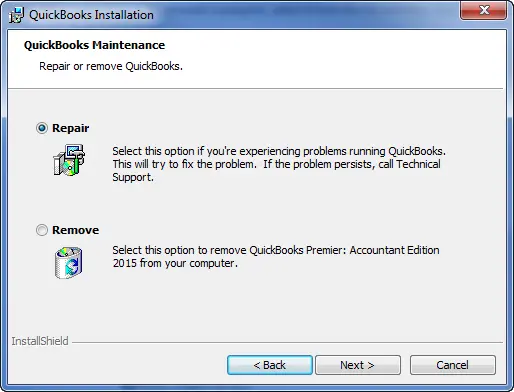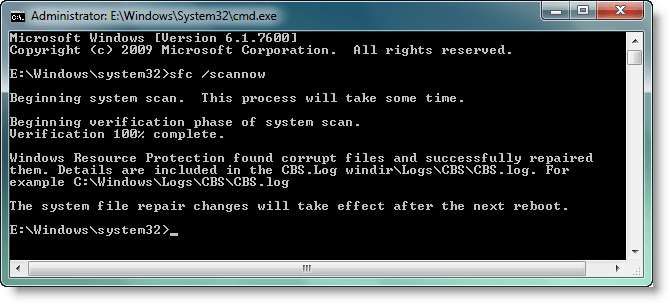QuickBooks Payroll Error 30114 is a technical issue that often occurs during the installation, update, or execution of payroll-related tasks in QuickBooks. This error may appear as a pop-up message or disrupt essential payroll functions such as downloading tax tables, verifying bank account information, or processing direct deposit payments.
When left unresolved, QuickBooks Payroll Error 30114 can severely impact payroll operations, potentially causing missed payments, inaccurate filings, or failed wage processing. That’s why it's important to identify the cause and apply the correct solution as soon as possible.

Common Symptoms of Error 30114
Recognizing the symptoms early can help avoid major interruptions in business operations. Here are some of the most frequent indicators:
A message that reads: “Error 30114 – The installer has encountered an unexpected error.”
Payroll updates fail to download or complete.
QuickBooks crashes when accessing payroll services.
The software freezes or becomes unresponsive during payroll processing.
Slow system performance when using payroll-related features.
Direct deposit setup fails or stalls during verification.
What Causes QuickBooks Error 30114?
There is no single cause behind this error; several underlying system or software issues can trigger it. Below are the most common culprits:
1. Corrupt Installation Files
Damaged or incomplete QuickBooks installation files can disrupt payroll-related processes. This might happen during an interrupted update or software installation.
2. Registry Issues
Invalid or broken entries in the Windows Registry linked to QuickBooks can lead to this error. Registry problems are often the result of improper uninstalls, software conflicts, or malware.
3. Malware or Virus Infections
A virus or malware infection can corrupt system files, QuickBooks program files, or essential payroll components, leading to Error 30114.
4. Insufficient Disk Space
If your system doesn’t have enough free space—especially on the drive where QuickBooks is installed—it can cause update and installation failures.
5. Conflicting Programs or Services
Other installed software or background services (like outdated security software or system drivers) may interfere with QuickBooks processes.
6. Outdated Windows Components
Incompatible or outdated versions of Microsoft Visual C++ Redistributables or .NET Framework can cause QuickBooks components to fail.
Step-by-Step Solutions to Fix Error 30114
To successfully fix this error, you may need to try more than one method depending on its root cause. Below are detailed and proven steps to resolve the problem.
1. Use QuickBooks Install Diagnostic Tool
This tool is designed to detect and fix common installation and component-related issues in QuickBooks.

Steps:
Download and install the Install Diagnostic Tool from the official QuickBooks tool suite.
Run the tool and let it scan your system.
Restart your computer after the scan completes.
Try installing or updating the payroll feature again.
2. Repair QuickBooks Desktop Program
If certain files or components are broken, repairing the installation may help.

Steps:
Go to the Control Panel > Programs and Features.
Select QuickBooks from the list and click Uninstall/Change.
Choose Repair and follow the on-screen instructions.
Restart your system once the repair is complete.
3. Run System File Checker (SFC)
The System File Checker scans and repairs missing or corrupted Windows system files that may be causing conflicts.

Steps:
Open the Command Prompt as administrator.
Type
sfc /scannowand press Enter.Wait for the scan to finish. Restart your computer after it's done.
4. Perform a Clean Install of QuickBooks
If repairing doesn’t work, uninstall and reinstall QuickBooks using a clean install process.
Steps:
Uninstall QuickBooks via the Control Panel.
Use the Clean Install Tool to remove leftover files.
Download the latest version of QuickBooks Desktop.
Reinstall it and try the payroll feature again.
5. Free Up Disk Space
Ensure your system has adequate free space (at least 2.5 GB) for payroll updates and temporary files.
Steps:
Use Disk Cleanup to remove unnecessary files.
Delete old backups or transfer large files to external storage.
Restart your system and check if the error persists.
6. Scan for Malware or Viruses
A full system scan can help rule out malware interference.
Steps:
Update your antivirus program.
Run a complete system scan.
Quarantine or remove any threats detected.
Restart your computer and retry payroll setup.
7. Update Windows and Dependencies
Outdated Windows components like .NET Framework or Visual C++ libraries can conflict with QuickBooks.
Steps:
Open Settings > Windows Update.
Install all available updates.
Restart your system and attempt payroll operations again.
8. Check for Software Conflicts
Temporarily disable or uninstall any third-party programs that may interfere with QuickBooks.
Examples include:
Outdated antivirus programs
Firewall restrictions
Backup software
Third-party optimizers
After disabling, check if the error continues.
9. Restore from a System Restore Point
If the error started recently, rolling back to a previous system restore point can help.
Steps:
Open the Start menu and search for System Restore.
Choose a restore point before the error began.
Follow the prompts to restore your system.
Open QuickBooks and test payroll functions.
10. Verify Direct Deposit Account
Sometimes, this error arises from verification failures in direct deposit setup.
Steps:
Wait for the test debits in your bank account.
Enter the exact test debit amounts in QuickBooks to confirm.
If verification fails, delete and re-add the account or contact payroll support.
How to Prevent QuickBooks Error 30114
Being proactive can help you avoid this error in the future. Consider implementing the following best practices:
Keep your QuickBooks software updated to the latest version.
Regularly scan your system for viruses and malware.
Perform weekly backups of company files and payroll data.
Avoid force shutdowns during software installations or updates.
Maintain at least 3–5 GB of free disk space on your system.
Avoid using pirated or third-party cracked QuickBooks versions.
When to Seek Professional Help
If you've tried all of the above and still encounter the error, it may be time to contact technical support or consult a certified QuickBooks professional. Issues such as damaged company files, deep registry corruption, or network conflicts often require expert intervention.
Final Thoughts
QuickBooks Payroll Error 30114 can be a serious roadblock in your payroll operations, but it’s completely fixable with the right approach. Start by identifying symptoms, then try the step-by-step methods mentioned above. From system tools to clean installs, resolving the error is usually straightforward if addressed promptly.
By maintaining your system health, regularly updating software, and being cautious with third-party applications, you can reduce the chances of this error recurring and ensure smooth payroll operations.
Read More:- QuickBooks Font Size Too Small
Q1: What is QuickBooks Payroll Error 30114 and when does it occur?
A: QuickBooks Payroll Error 30114 is an installation or update-related error that commonly appears when users try to install or update the payroll feature in QuickBooks Desktop. It may also occur during direct deposit account verification or when system files are missing, corrupted, or incompatible with QuickBooks components.
Q2: Can I fix Error 30114 without uninstalling QuickBooks?
A: Yes, in many cases, you can fix Error 30114 without uninstalling QuickBooks. Start by running the QuickBooks Install Diagnostic Tool, repairing the installation from the Control Panel, or using the System File Checker (SFC) tool. These methods often resolve the issue without needing a full reinstallation.
Q3: How can I prevent QuickBooks Payroll Error 30114 from happening again?
A: To prevent this error in the future, regularly update QuickBooks and Windows, maintain at least 3 GB of free disk space, scan your system for malware, and avoid interrupting software installations. Also, use only official or licensed QuickBooks versions and ensure your system meets the required software specifications.
